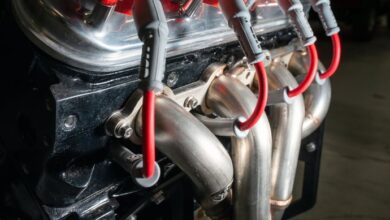Stay Safe, Stay Sober: The Role Of Breathalyzers In Preventing Drunk Driving
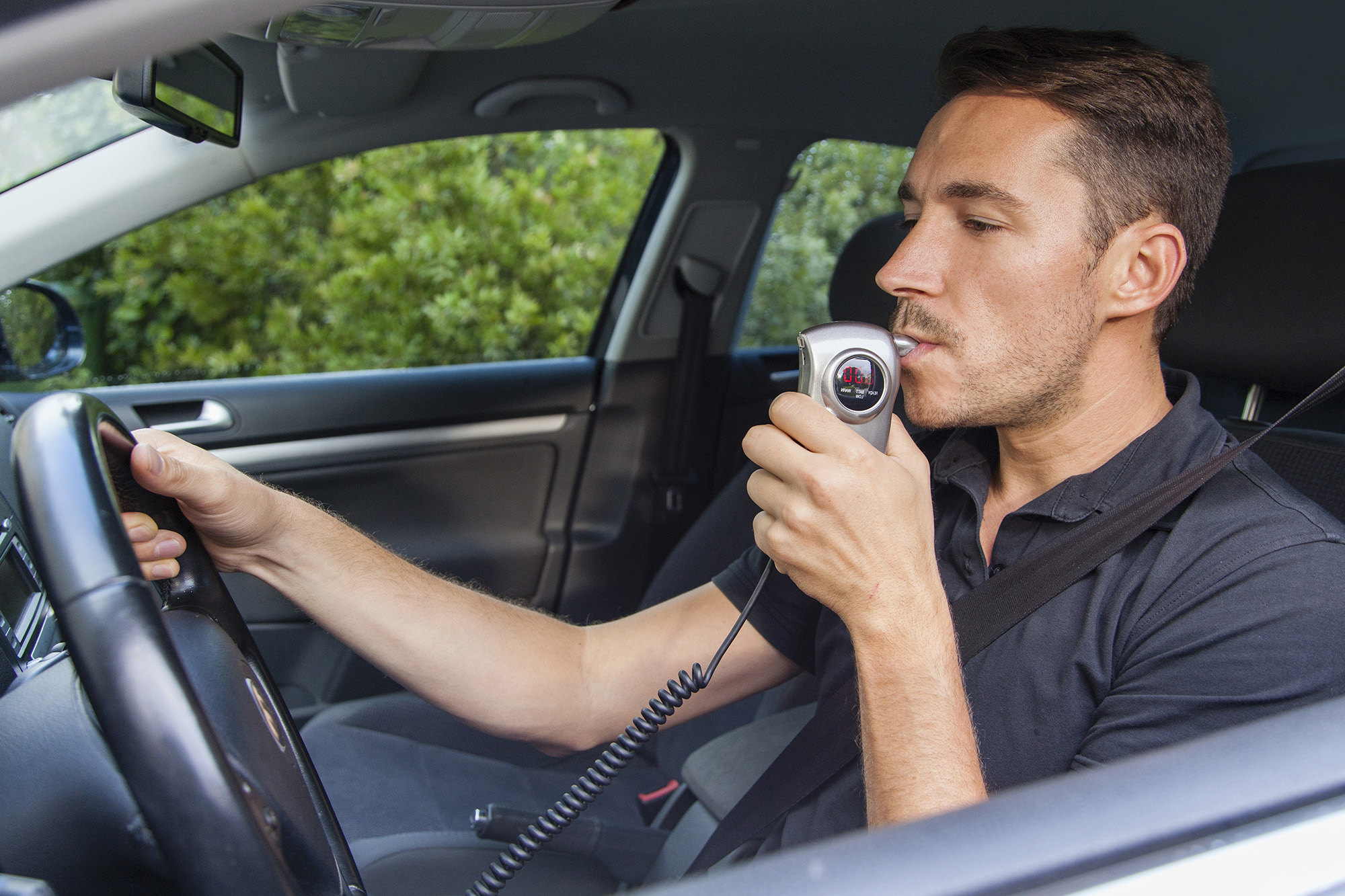
Drunk driving is a persistent and serious issue that continues to claim thousands of lives each year, causing immense pain and suffering for victims and their families. Impaired driving poses a significant risk to public safety, as it diminishes a driver’s ability to react quickly, make rational decisions, and maintain control of their vehicle. The effects of alcohol on the human body are well-documented: it impairs judgment, coordination, and concentration, and slows down reaction times.
Drunk driving incidents not only result in loss of life, but they also have far-reaching consequences on the physical, emotional, and financial well-being of individuals involved. Families are shattered, communities are devastated, and the burden on healthcare systems and law enforcement agencies is substantial. It is crucial to address this issue proactively and employ effective measures to prevent drunk driving and protect innocent lives. Breathalyzer Canada is something you should check out.
How Do They Work?
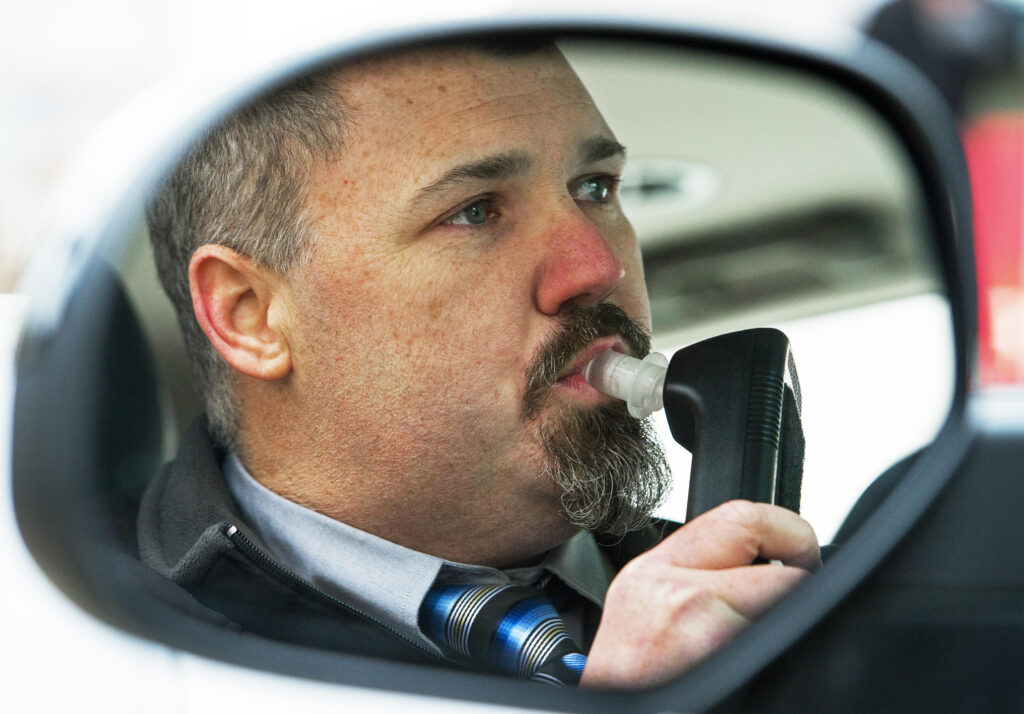
Breathalyzers are devices specifically designed to measure the blood alcohol concentration (BAC) in a person’s breath. They work on the principle that the concentration of alcohol in the breath is directly proportional to the alcohol concentration in the blood. When a person consumes alcohol, it is rapidly absorbed into their bloodstream through the stomach and small intestine. As blood circulates through the lungs, some of the alcohol evaporates and is exhaled through the breath.
They use various technologies to measure alcohol levels accurately. One common method is fuel cell technology, which involves a chemical reaction between the alcohol in the breath and an electrode. This reaction generates an electrical current, which is then converted into a BAC reading. Another method is infrared spectroscopy, where the breath sample is exposed to infrared light, and the alcohol molecules absorb specific wavelengths of light, allowing for the calculation of BAC.
Types of Breathalyzers Available
The gadgets come in various forms to cater to different needs and contexts. Portable breathalyzers are small, handheld devices that are commonly used by individuals, including law enforcement personnel, for quick and on-the-spot BAC measurements. They are easy to carry, user-friendly, and provide immediate results. These devices have become increasingly popular among individuals who want to monitor their alcohol consumption and ensure they are fit to drive.
Evidentiary breathalyzers are larger and more sophisticated devices primarily used by law enforcement agencies for official testing purposes. These devices are typically stationary and require trained personnel to administer the test accurately. Evidentiary breathalyzers are designed to meet stringent legal requirements and are subject to strict calibration and maintenance protocols to ensure the integrity of the test results. They play a critical role in determining the admissibility of breath test evidence in legal proceedings.
Importance in Preventing Drunk Driving
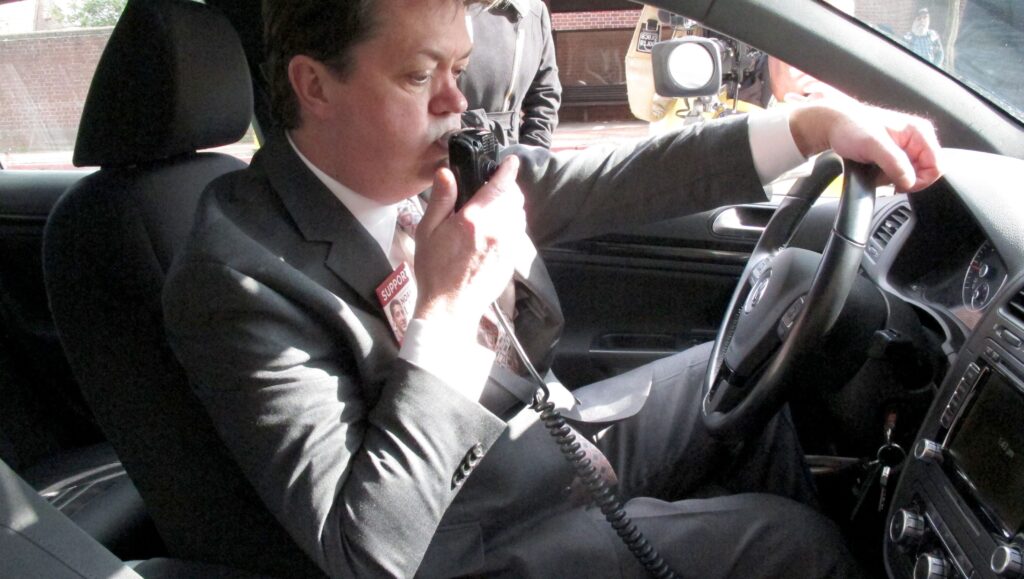
Breath alcohol testers play a pivotal role in preventing drunk driving by acting as a deterrent and enabling proactive enforcement measures. The knowledge that a breathalyzer test can be conducted at any time encourages individuals to think twice before getting behind the wheel after consuming alcohol. The fear of being caught and facing legal consequences acts as a powerful deterrent, reducing the incidence of drunk driving.
Breath analyzers provide an objective and scientific method for determining an individual’s BAC. They remove the subjectivity and guesswork that can arise when trying to assess someone’s level of impairment solely based on appearance or behavior. Breathalyzer results provide an undeniable measure of a person’s intoxication level, allowing law enforcement officers to make informed decisions and take appropriate action.
Role in Law Enforcement
Breathalyzers have become an indispensable tool for law enforcement agencies in their efforts to combat drunk driving. Traffic stops and checkpoints provide opportunities for officers to administer breathalyzer tests and identify individuals who are operating vehicles under the influence of alcohol. The presence of breathalyzers as part of routine law enforcement practices acts as a strong deterrent, sending a clear message that drunk driving will not be tolerated.
Breathalyzer tests also serve as evidence in legal proceedings. If a driver fails a test, the results can be used to support criminal charges and serve as a basis for suspending or revoking their driving privileges. In some jurisdictions, individuals may also be required to install an ignition interlock device in their vehicle, which requires a breathalyzer test before the engine can be started. These measures help prevent repeat offenses and promote safer roads.
Accuracy and Reliability
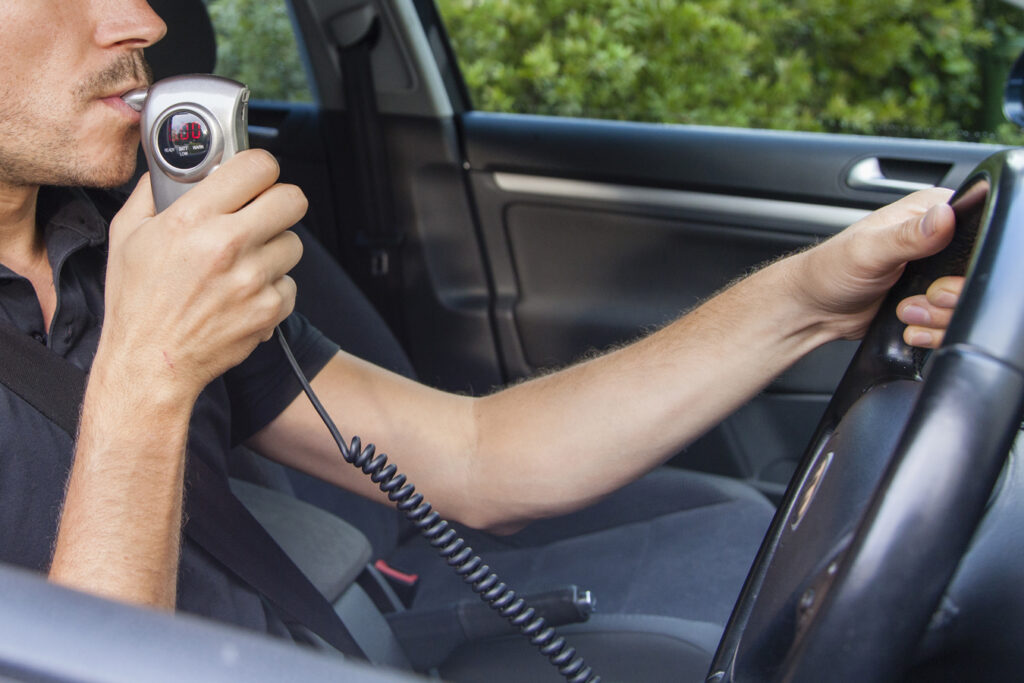
Ensuring the accuracy and reliability of breathalyzer readings is of utmost importance to maintain public trust and confidence in these devices. Manufacturers subject breathalyzers to rigorous testing and calibration processes to ensure their accuracy within acceptable limits. Regular maintenance and calibration checks are necessary to maintain the integrity of the devices and to verify that they are functioning properly.
It is important to note that breathalyzer readings are just one piece of evidence and should be considered in conjunction with other factors, such as driving behavior and physical signs of impairment. Human error, device malfunction, or external factors like mouth alcohol or certain substances can affect the accuracy of breathalyzer results. Therefore, it is crucial for law enforcement agencies to ensure proper training of personnel administering the tests and to follow standardized procedures to minimize errors and false readings.
Advancements in Technology
Advancements in technology have led to the development of more sophisticated and accurate breathalyzers. Researchers and manufacturers continue to explore new methods and technologies to improve breathalyzer performance and reliability. For instance, some of them now incorporate advanced algorithms that can detect and account for interfering substances, leading to more accurate BAC readings. Other innovations include the integration of wireless connectivity, data storage capabilities, and user-friendly interfaces, making the devices more convenient and efficient.
In recent years, wearable breathalyzer devices have also gained popularity. These compact devices can be worn discreetly and provide real-time BAC measurements. They offer individuals a convenient and proactive means of monitoring their alcohol consumption and making informed decisions about their ability to drive safely.
Challenges and Limitations
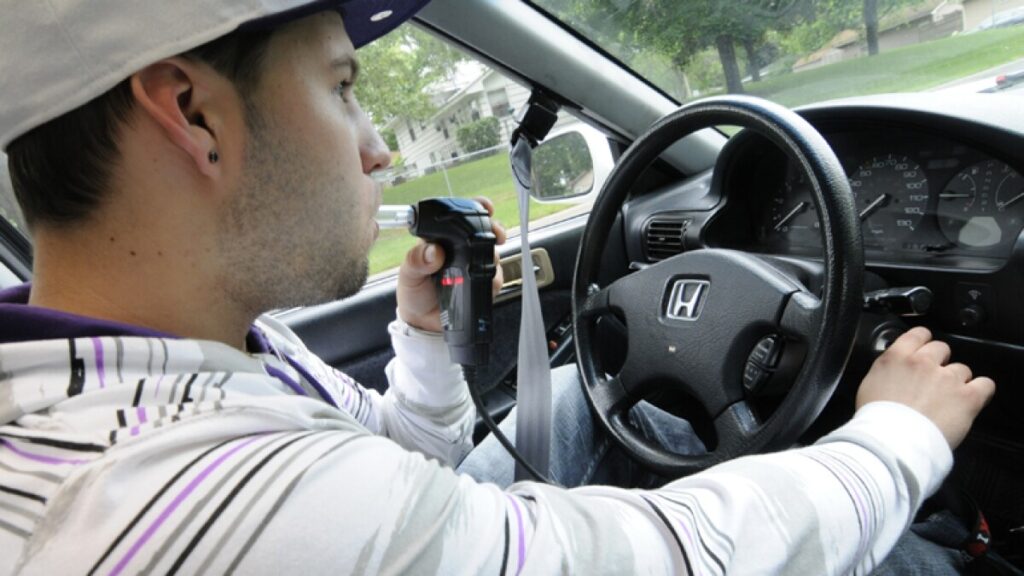
While breathalyzers are effective tools in preventing drunk driving, they do have limitations. The accuracy of breathalyzer readings can be influenced by various factors, including individual physiological differences, device calibration, and external substances. Mouth alcohol, for example, can lead to artificially high readings if not accounted for properly. Additionally, breathalyzers may not detect other impairing substances, such as drugs or certain medications.
Breath analyzers cannot prevent someone from consuming alcohol after being tested. A person’s BAC can continue to rise even after a test, potentially leading to impairment while driving. Therefore, it is important to view these tests as part of a comprehensive approach to combating drunk driving, including public education, law enforcement efforts, and initiatives promoting responsible alcohol consumption.
Summary
Drunk driving is still a major issue today and breathalyzers are an invaluable tool for reducing risk on the roads. By using these tools to limit drinking, drivers can avoid any potential legal ramifications while increasing their safety and that of those around them. Hopefully, this article has provided some insight into their role in preventing drunk driving and how they can help you stay safe—and sober—on the road.



